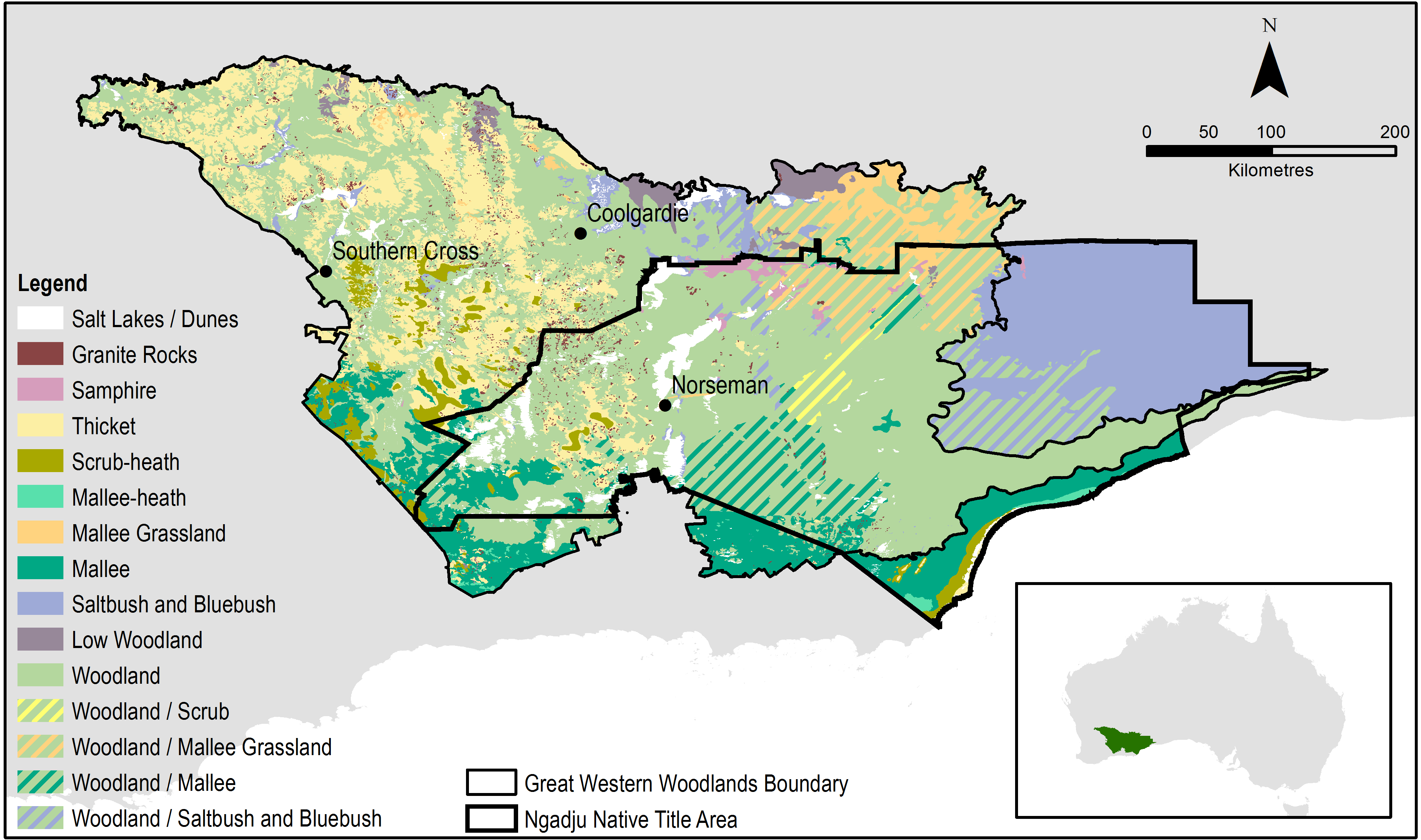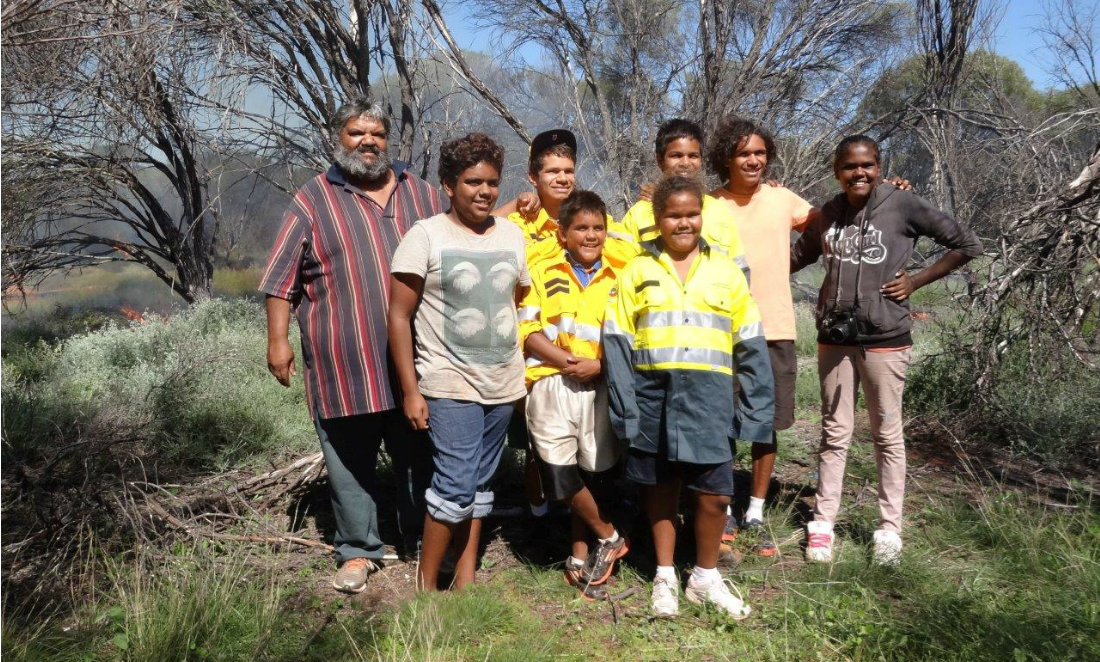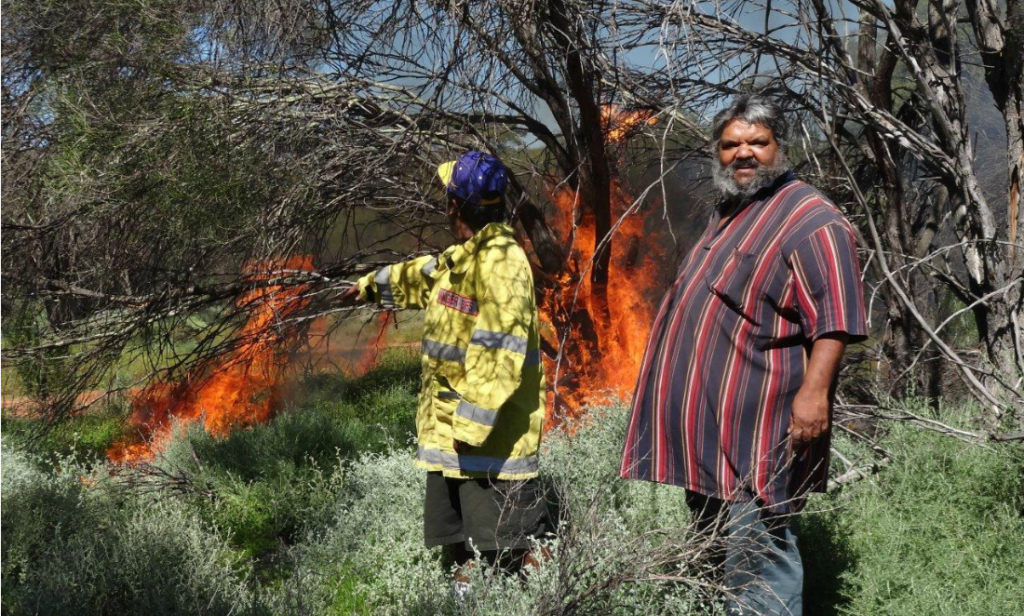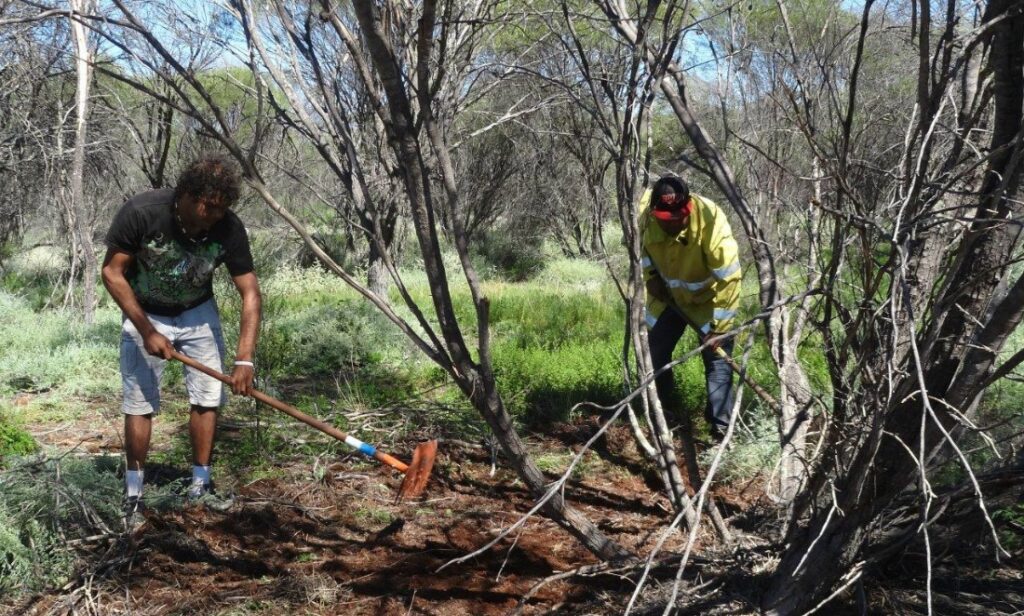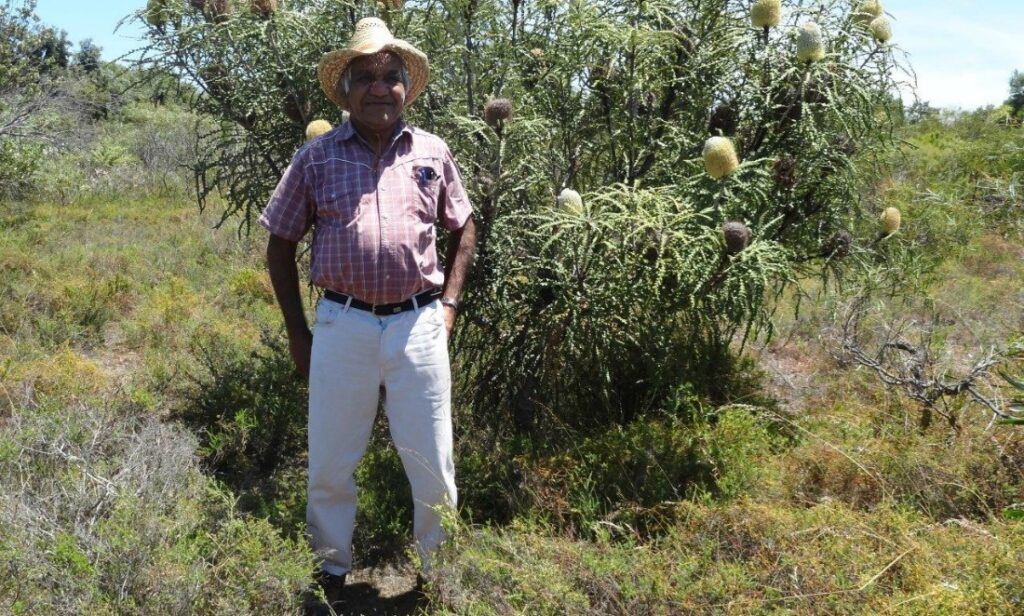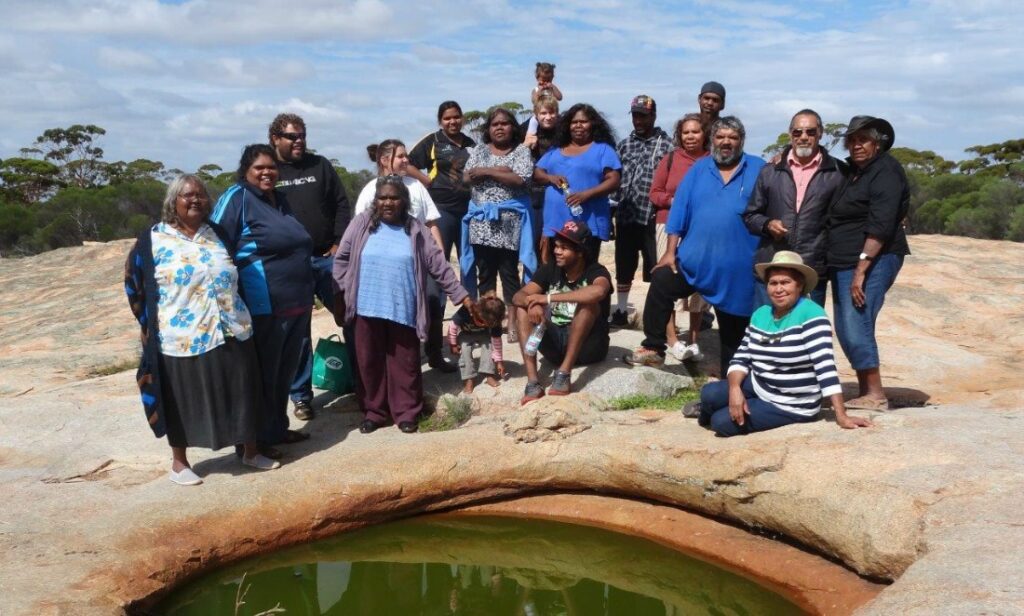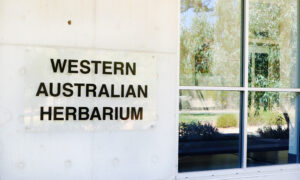The Ngadju people live near Norseman, about 730kms east of Perth.
Ngadju country covers a large part of the 16 million hectare Great Western Woodlands.
The area is one of the largest temperate eucalyptus woodlands left on Earth, CSIRO principal research scientist Dr Suzanne Prober says.
“Most of those have been cleared around the world,” she says.
Members of the Ngadju community started working with CSIRO four years ago to help prevent fires in the rare woodland.
A RARE AND UNUSUAL PLACE
The woodland’s fire ecology interests scientists because it’s unusual, Suzanne says.
Mature eucalypts often die during bushfires unlike other gum trees around Australia.
They take many years to grow back in the semi-arid climate.
“One of the tree species grows only about 1mm in diameter per year,” Suzanne says.
“So a tree that has a 50cm diameter is nearly 500-years-old.”
Because the regeneration cycle is so long, the woodlands should only burn every few hundred years.
“The concern has been that the frequency of these large, intense fires has increased in the last 20-25 years,” she says.
“It’s not really known why that is.”
Old-growth woodlands appear to be being lost at an alarming rate, Suzanne says.
CONNECTING ON COUNTRY
Ngadju Elders shared their knowledge of fire as a cultural tool with Ngadju youth and collaborators.
“Bringing everyone together…helped to bring the knowledge together,” she says.
Ngadju Kala: Ngadju fire knowledge and contemporary fire management in the Great Western Woodlands is one of the first projects of its kind in southern Australia, according to Suzanne.
Historical records complemented firsthand accounts.
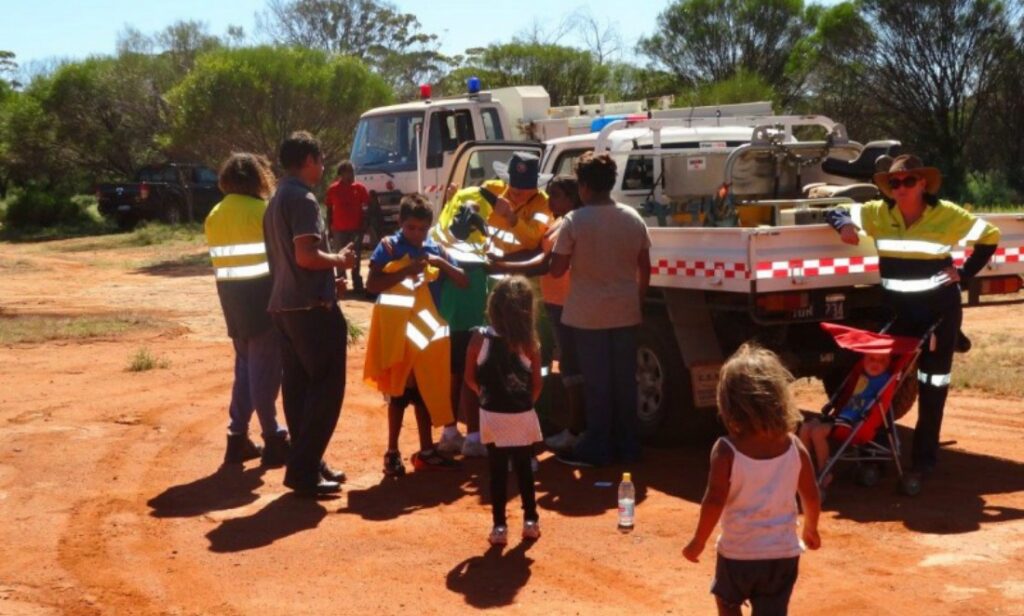
“Bringing everyone together...helped to bring the knowledge together”
A TOOL FOR TRAVEL, HUNTING AND PROTECTION
The common perception that “Aboriginal people burnt almost everywhere, often” wasn’t the practice Ngadju shared, Suzanne says.
Ngadju were selective with their use of fire, or kala.
Usually areas smaller than a hectare were burnt for hunting, travel and protection purposes.
“The extent of frequent burning is different to some high profile books about Aboriginal fire use in Australia,” Suzanne says.
“Burning was intrinsically linked with understanding resources they wanted to have access to.”
Ngadju traditionally burnt grasslands, or kangaroo grounds, to hunt kangaroos.
They used fire to smoke out animals when hunting.
Ngadju burnt around rock holes to create open living spaces, and along walking routes to maintain access.
However, Ngadju said they didn’t burn large expanses of woodland, only small patches usually less than one hectare, to clear the ground for living in.
Suzanne says the level of care and detail Ngadju used when burning was “fascinating.”
“They would scrape away bark at the bases of trees so the fire didn’t kill the trees,” she says.
“They were very aware these woodlands are fire sensitive and…you had to be very careful.”
A TURNING POINT
The involvement of Ngadju in fire and land management is at a turning point, Suzanne says.
Since the project, Ngadju and other collaborators have set up a volunteer bushfire brigade that have helped out with prescribed burns.
A project with Rangelands NRM and Gondwana Link involving weed management and malleefowl monitoring employs a Ngadju fire and natural resource management officer.
Stakeholders are developing a regional fire mitigation strategy to respect Ngadju cultural values.
The research was published in Austral Ecology in August.
The Ngadju kala project involved Ngadju Conservation, CSIRO, Goldfields Land and Sea Council and the Department and Parks and Wildlife, with funding from the WA government through its Great Western Woodlands Strategy.
